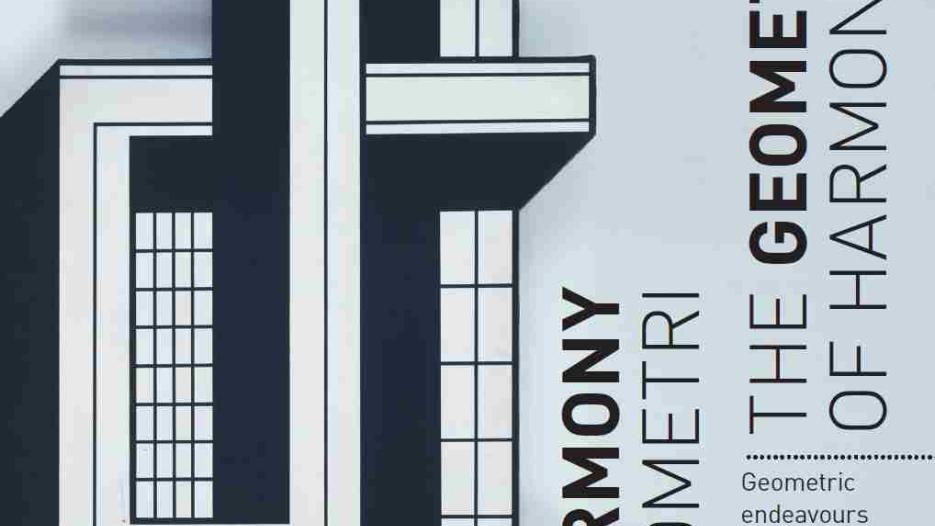
Abstraction in the visual arts was born in the wake of these endeavours, which aimed to affect primarily through expressive colours and rigorously calculated forms. Self-reflexivity, questioning the medium and function became the main problems of the visual arts. Painting and sculpture based on geometric elements emerged in Russia, the Netherlands, in the workshops of the Bauhaus in Germany and later in the USA.
Within the richly diverse Hungarian art of the 20th century abstraction and its varieties had a longstanding tradition and an international prestige during and after the interwar period – always maintaining a uniquely characteristic local flavour. The current exhibition, which focuses on paintings and plastics following these tendencies, presents a compilation from the Kovács Gábor Art Foundation’s collection and the KOGART Contemporary Art Collection. This representative selection spanning more than sixty years of art production, showcasing from the middle of the last century to the present day the most significant works of the tradition of Hungarian geometric abstraction.
Exhibiting artists
Gábor Attalai I Imre Bak I László Bartha I Zoltán Bohus I Tibor Csiky I Pál Deim I János Fajó I Ádám Farkas I György Gáspár I István Haász I László Hajdú I István Harasztÿ I Tamás Hencze I György Jovánovics I Zénó Kelemen I Tamás Konok I Péter Lengyel I Ferenc Martyn I János Megyik I Sándor Molnár I István Nádler I Gellért Orosz I Tamás Szikora I Tibor Vilt